What you get for your money with a top-of-the-line vs bargain basement bike trainer
Cheap vs expensive bike trainers pitted head to head: The information you need before riding indoors
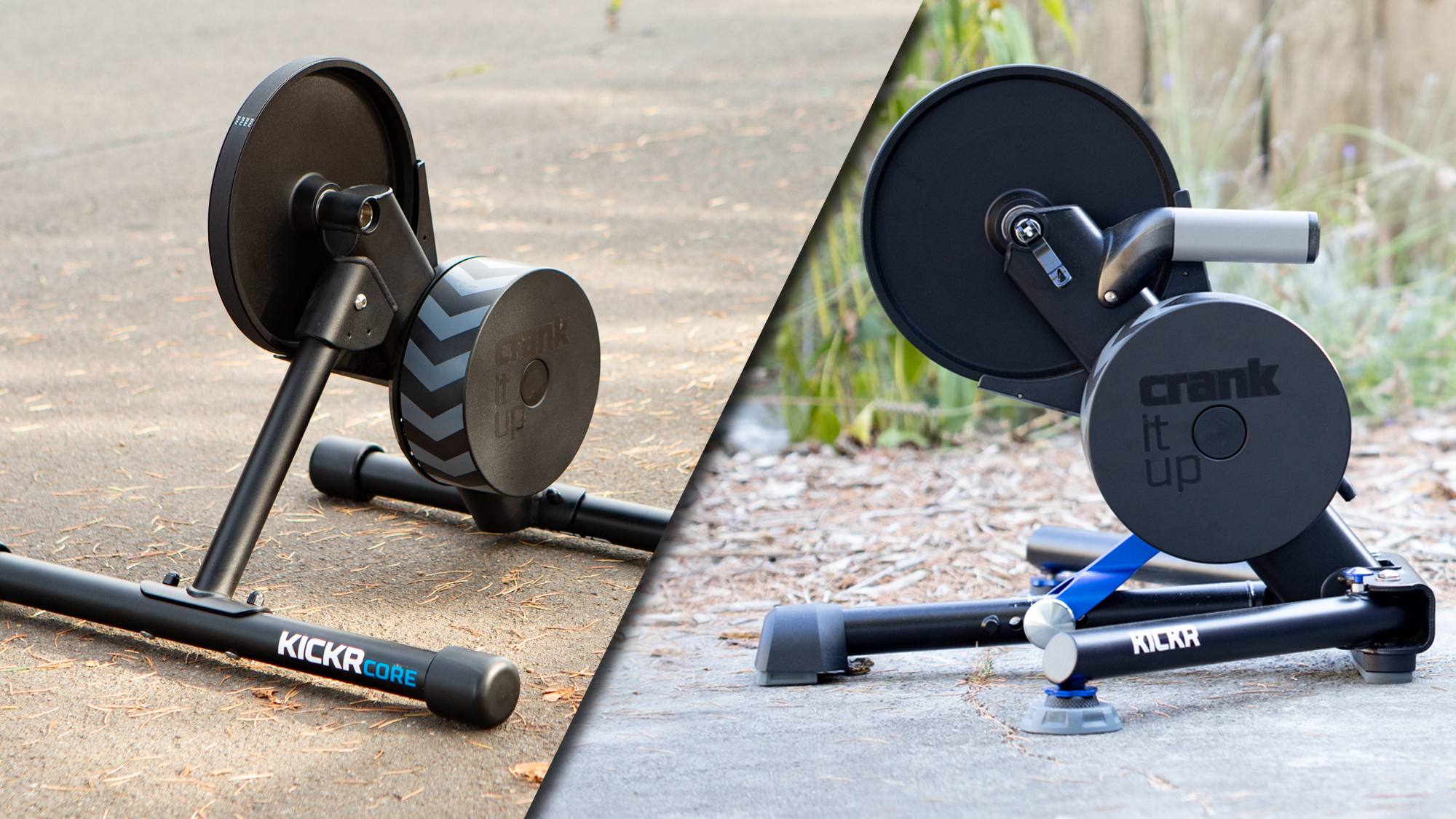
At one-point indoor riding was like some kind of torture. It was a terrible experience that typically involved staring off into the distance trying to imagine beyond the wall of a dimly lit garage or basement and praying for the end to come soon. Some would use a stopwatch and heart rate monitor to do intervals and many would put on a movie and try to transport their minds somewhere else. Thankfully, that experience is long gone.
Today, indoor riding is an important part of the wider cycling experience. There are still some that see it as a necessary evil for winter training but that's more of a choice now. For most modern cyclists it's one piece of the riding they do. In fact, when doing highly specific training it's become the standard. There are also a lot of riders who use it to find community and as a competitive outlet.
The one thing that everyone who rides indoors will share in common is the need for an indoor trainer of some kind. We have a list of the best smart trainers to help you make a choice but we also get a lot of questions from people trying to decide how much makes sense to spend. The price options on our list are incredibly vast and no brand wants to tell you one of their products isn't worth buying. That means it's tough to know what the difference is. If you are looking to upgrade your trainer, or get one for the first time, keep reading to learn about what more money buys and if that makes sense for you.
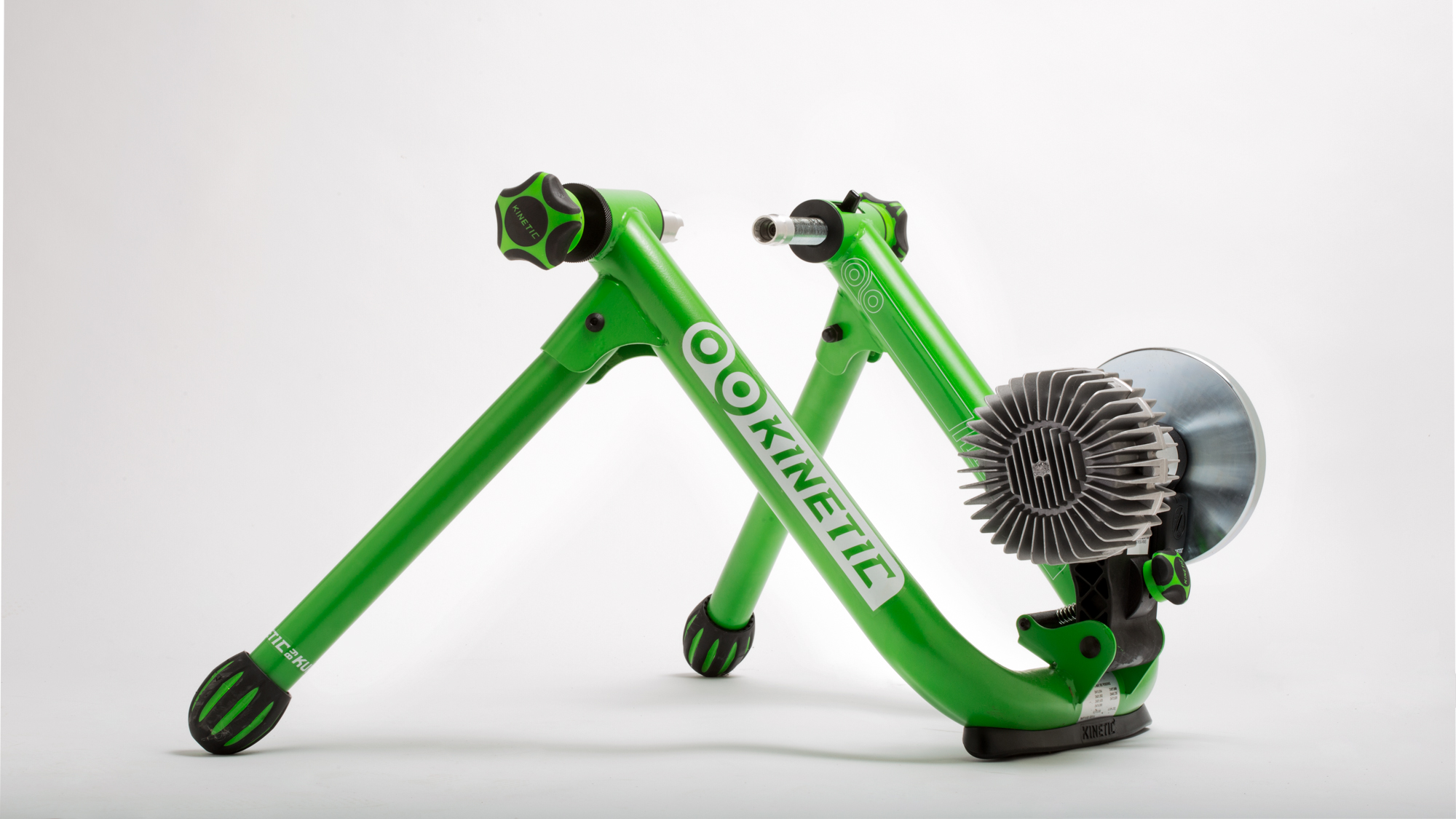
The least expensive option
At the most affordable end of the cheap vs expensive bike trainer comparison sits the wheel-on trainer with no smart components. Back in the dark days of indoor cycling, this is what almost all indoor training involved and there are still options in this space. The basic idea is that you replace the rear axle of your bike and clamp the new axle into a device that pushes a roller against the rear tyre providing resistance.
When these types of trainers were most common, essentially all bikes used quick-release axles. That meant it was no problem to slide the quick release out and the replacement in. These days a lot of bikes have a thru-axle design where it's a little more difficult but there's almost always an option for your trainer no matter what the axle standard your bike uses. If you are having a really tough time finding a solution, you can always give Robert Axle Project a try for a third-party solution.
On the trainer side, there are different ways of providing resistance. Some companies use magnetic resistance while others use fluid but at this point, they all work and there's really not a lot of difference. Spending a little more money will give you a more natural feeling resistance curve and spending even more will get you something with electronically controlled resistance. Be wary of anything expensive in this category though.
Quite simply, if this is the category you are shopping in, don't spend a lot of money. This category is starting to phase out as other options drop in price and it just doesn't make sense to invest heavily. Not only that, you don't have to spend a lot to get something that will work. These are options to get you started and if you get serious it's likely you will upgrade. There's no reason not to start here if you aren't sure, or if your budget is low, but don't spend good money twice.
Get The Leadout Newsletter
The latest race content, interviews, features, reviews and expert buying guides, direct to your inbox!
Given how obscure some options in this category can be, one of the things you will want to look for is Zwift compatibility. Zwift has a list of compatible trainers and if yours is in the list, Zwift has mapped the resistance curve. Add some inexpensive sensors and you can ride on Zwift even without spending much money. Given the breadth of options, it makes sense to use this as the minimum requirement. Modern indoor riding is very much defined by Zwift and even if you don't initially think you'll be using the service, it's nice to have the option.
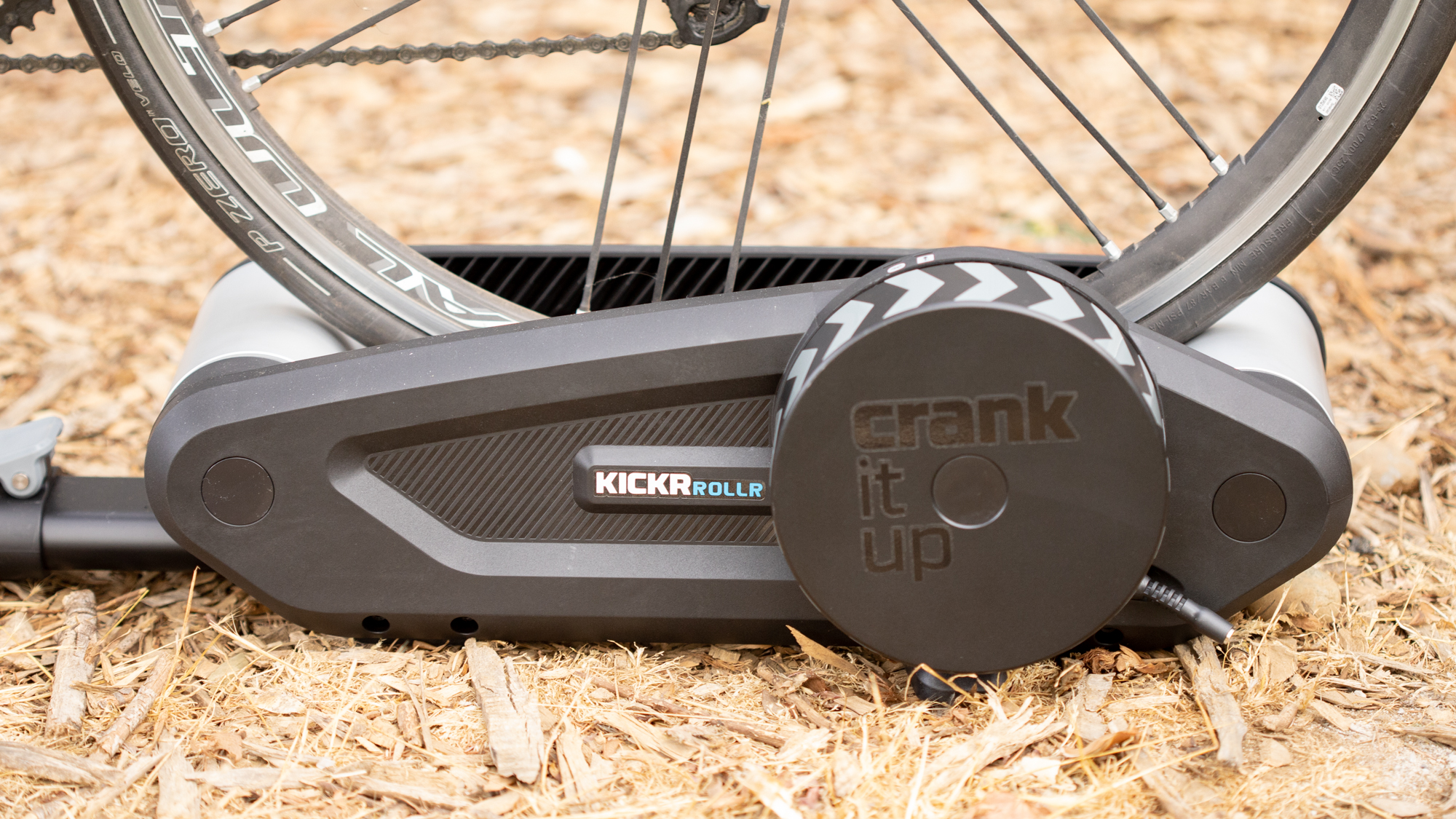
Rollers
Rollers get their own category here because they aren't really in the same category as either cheap or expensive bike trainers. It's a category of indoor riding that involves a pair of heavy rollers for the rear wheel that's connected to a roller for the front wheel. Nothing holds you up and there's a fair bit of skill involved to ride successfully without falling over.
These were the standard for road racers at one time but now they have almost completely disappeared. We could even just skip them but there are some modern options out there and they might be worth consideration. Wahoo has recently entered the category with the Wahoo Kickr Rollr and there are a few other options for rollers with electronically controlled resistance. Smart or not, the advantage of rollers is the ride feel.
There's nothing quite like riding on rollers. They are smooth and they reward smooth riding. This is particularly true if you choose an option that doesn’t hold you up. In fact, the reason they are worth mentioning is that while most trainer systems will give you the opportunity to get stronger, only rollers will train your balance and stability too. Learn to ride without falling off and your pedalling will show improvement. It's something you can't otherwise get but they do cost more than other wheel-on-trainer options. They are also more difficult to use with something like Zwift and typically require a separate power meter for indoor training.
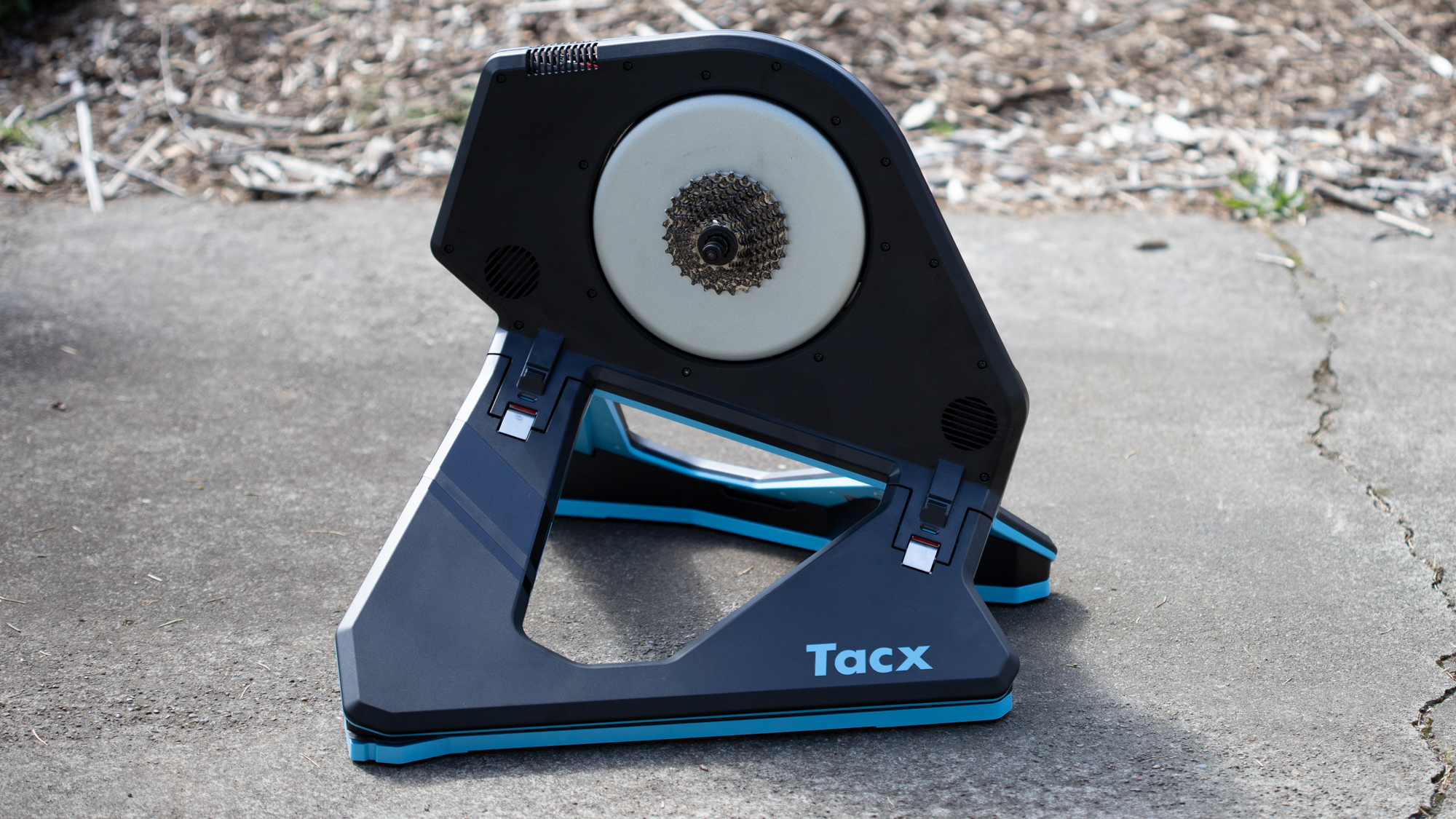
Smart trainers
At this point, we are into the heart of what this article is about, and the question that most people have: comparing cheap vs expensive direct-drive bike trainers.
So far, we've talked about wheel-on trainer options. The price is significantly lower but wheel-on trainers rely on friction at the tyre to create resistance. That creates a limit on how high the resistance can be before the tyre slips. It also limits the ability to make quick changes in resistance or to measure power precisely. Making the case that you should view these systems as a budget option is easy and the difference in the ride experience is very clear. It gets a lot fuzzier when we discuss direct drive, or wheel-off, trainers.
Direct drive trainers involve removing the rear wheel and replacing it with the trainer. The cassette attaches to the trainer and there's no longer a tyre in the equation. It's possible for a direct drive trainer to adjust resistance instantly and there's no practical limit to the amount they can change the resistance. It's also possible to find options at a wide variety of price points and the trainers look essentially the same no matter the price. Understanding what's different isn't always all that clear and even if you do see the different specifications, it's not clear if it matters. Our buyer's guide for the trainer options breaks this category into 'top-tier' direct drive trainers and 'budget' direct drive trainers.
The lower price of the budget direct drive trainers means slightly lower capabilities. The flywheel tends to be smaller leading to less ability to hold inertia in a way that feels like riding outdoors. The integrated power meters tend to be less accurate (though still around 2-3%) and the maximum gradient simulation will be lower as well as the max resistance.
The interesting thing about all of this is that it might not matter all that much. The vast majority of people buying direct drive trainers are doing so to ride in Zwift. That matters because of the gradient specs. Most people look at the max power numbers and understand that their intervals, or sprint power, are not going to challenge that number. The gradient spec, on the other hand, is something a lot of people might actually bump up against. Except that in Zwift the default setting is to halve the simulation of the in-game gradient. That means unless you change the setting, and a lot of people never do, you'll never actually use more than around 10%, since the steepest climbs in Zwift peak at around 20%.
Power accuracy is also a spec that may matter less than you'd think. There's a long debate, about all power metres, about how much accuracy matters. As long as the power meter is consistent does it matter if it's accurate to other power metres? It does in some situations but maybe not enough to overcome the price difference. You won't notice the reduced accuracy as you ride in Zwift, race virtually, or complete intervals in whatever platform you decide to use.
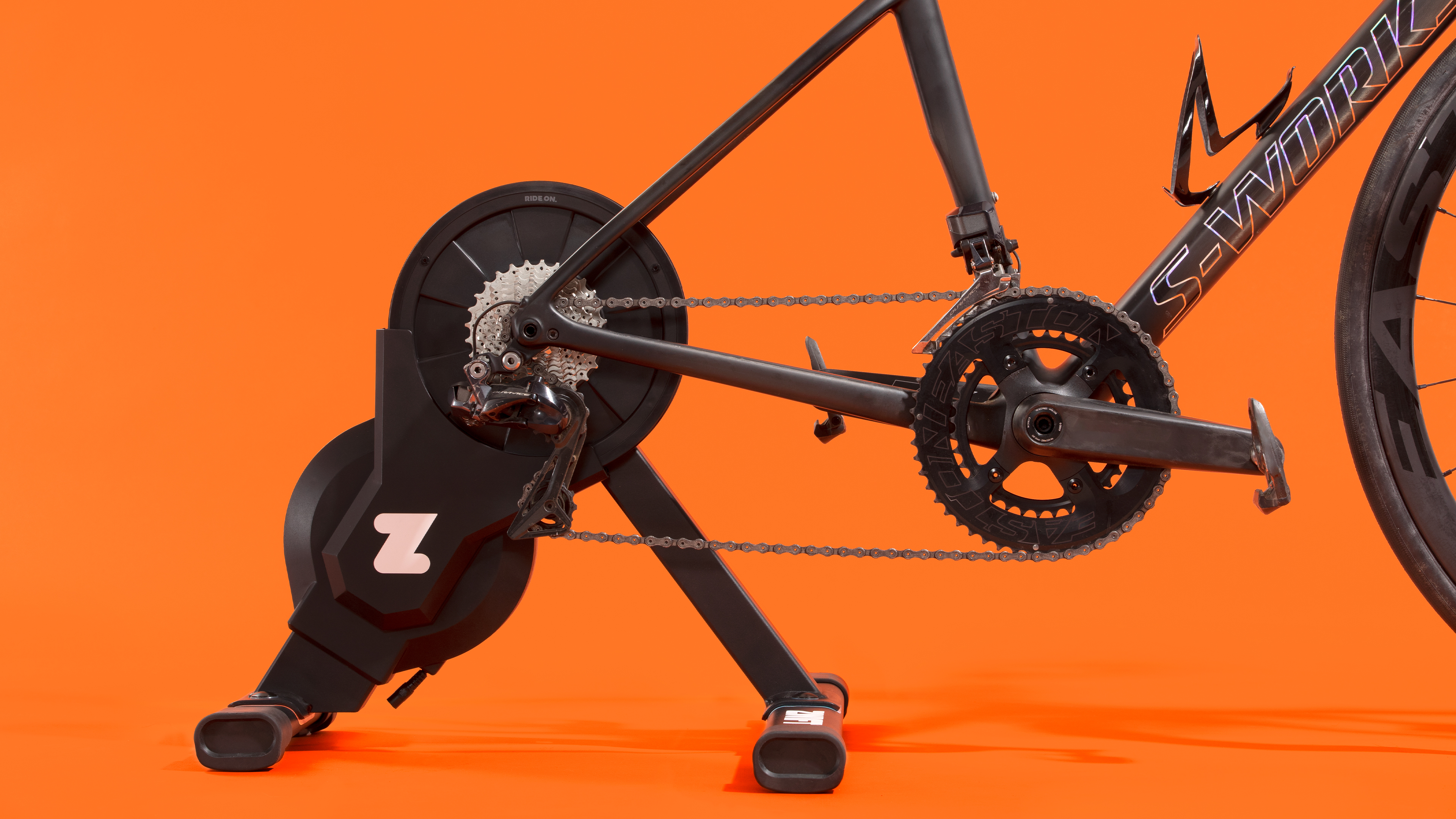
It's also worth mentioning that this year, Zwift changed the conversation around budget trainers. The announcement of the Zwift Hub smart trainer is a big blow to every other company operating in this space. It undercuts the price so dramatically that it actually gets very close to a nicer wheel-on trainer. Every consideration for a budget trainer has now changed with this piece of hardware coming to market. In the past, you might have needed to shop for a deal on a used trainer but now a brand-new wheel on trainer is a lot more affordable.
Now that you understand how good, and how inexpensive, a budget direct drive trainer can be, the obvious question is why pay more? The answer is always in the details when it comes to top-tier options in any product category. As you spend more time riding indoors, you may start to appreciate the nuances of a top-tier direct drive trainer. For one thing, the ride is better. It might be subtle but there is a difference and it's especially noticeable in lower cadence higher power situations. Grinding your way up a steep hill in Zwift or a hard interval in TrainerRoad or Systm, a budget trainer can feel a little less smooth. It's almost the way an oval chainring might feel.
There are the same kind of subtle differences as you talk about power accuracy and gradient simulation. If you ride outside with a power meter, you might come to appreciate the two devices agreeing on the numbers. High-end indoor trainers tend to be accurate to +/-1% and that makes it easier to jump from bike to bike with everything matching up. In the same way, you might prefer to have your indoor ride experience match your outdoor experience when it comes to gradients. You could change your cassette so it matches other bikes and turn the gradient simulation all the way up. When you ride up the steepest hills in Zwift it will feel the same as outside.
The physical form of the nicer trainers tends to be nicer as well. A good example of this is the Wahoo Kickr and the Wahoo Kickr Core. They are both great trainers but the more expensive Kickr has a system that allows the trainer to move side to side slightly plus it folds and has a handle. For their part, Tacx offers road surface simulation and a light show that corresponds to the power level you are riding at on the high-end Tacx Neo 2T. None of those are game-changing features but they are nice and they make the experience of living with your trainer a little more pleasant. If this sounds like the experience that sounds right for you, take a look at our article comparing the TacX Neo 2T vs the Wahoo Kickr.
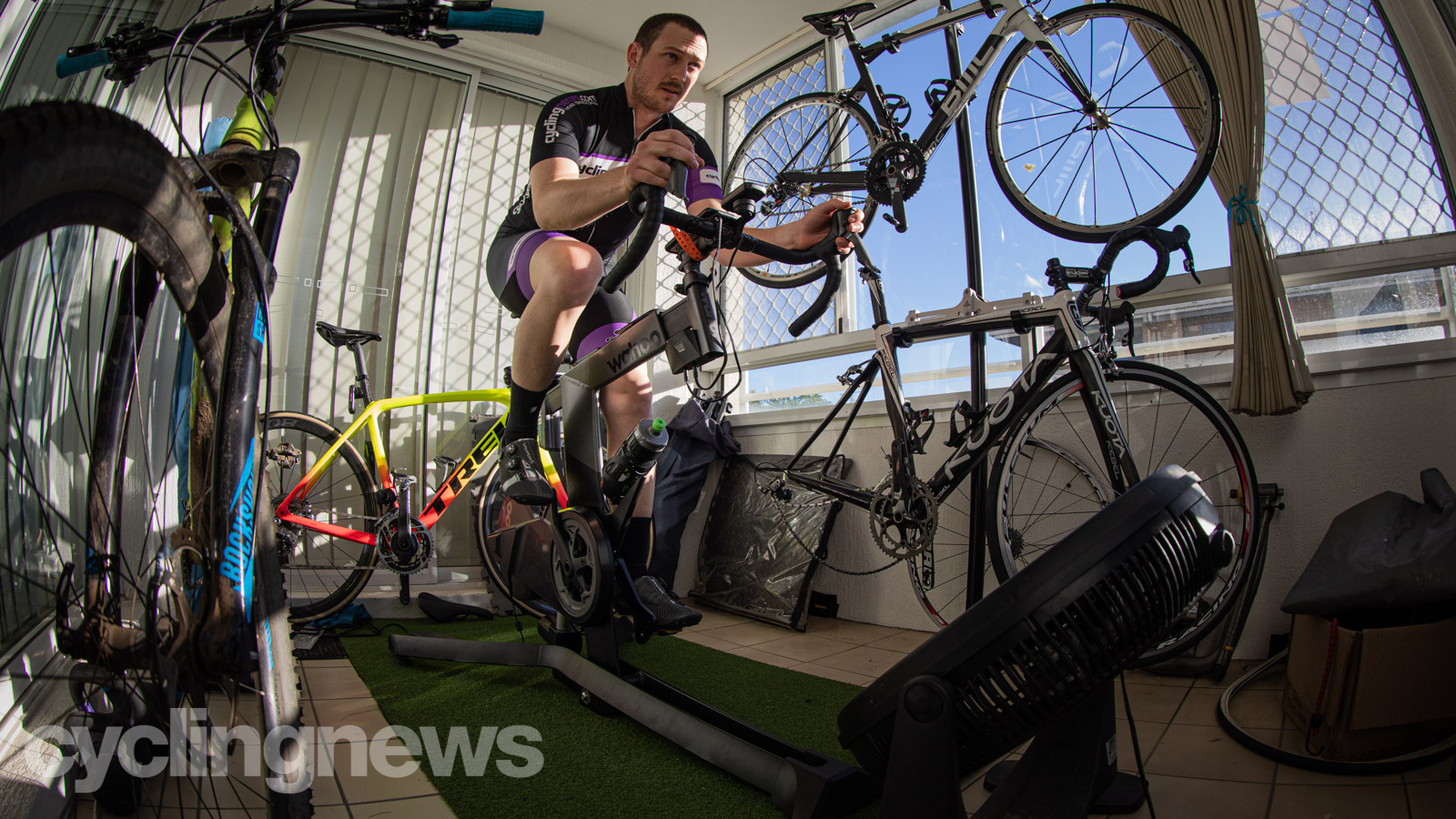
Indoor smart bikes
If you are looking for the most premium end of the cheap vs expensive bike trainer spectrum, this is it. Stages, TacX, and Wahoo are the big players and what you get is a complete bike designed specifically for indoor riding. The designs take the best trainers that each company offers and package the system into a completely adjustable indoor-only bike. The core experience of the ride isn't different from the best top-shelf trainers but you no longer have to use your bike.
These aren't spin-style exercise bikes but instead, they take the ride experience of a bike outside and reimagine what it takes to recreate that inside. There are no wheels and sometimes there aren't any brakes. Instead of a bike designed for dealing with rain or mud, they are ready to handle sweat with extra strength and robust coatings. Instead of gearing dictated by a cassette and chainring, it's all virtual. You can decide what button does what and what gearing you have. You can change the gearing whenever you want and each shift is instant and completely smooth. You can also adjust the size so easily you can even accommodate more than one rider with only one bike.
An indoor bike is the most expensive option for riding inside. An indoor-specific bike is also the best ride experience. What you get for the extra money is a combination of details focused on the rigours of indoor riding, complete adjustability, all the accessories packaged as a single unit, and an incredibly smooth ride feel. If you can afford to make this choice, it's quite an incredible ride.
Josh hails from the Pacific Northwest of the United States but would prefer riding through the desert than the rain. He will happily talk for hours about the minutiae of cycling tech but also has an understanding that most people just want things to work. He is a road cyclist at heart and doesn't care much if those roads are paved, dirt, or digital. Although he rarely races, if you ask him to ride from sunrise to sunset the answer will be yes. Height: 5'9" Weight: 140 lb. Rides: Salsa Warbird, Cannondale CAAD9, Enve Melee, Look 795 Blade RS, Priority Continuum Onyx
